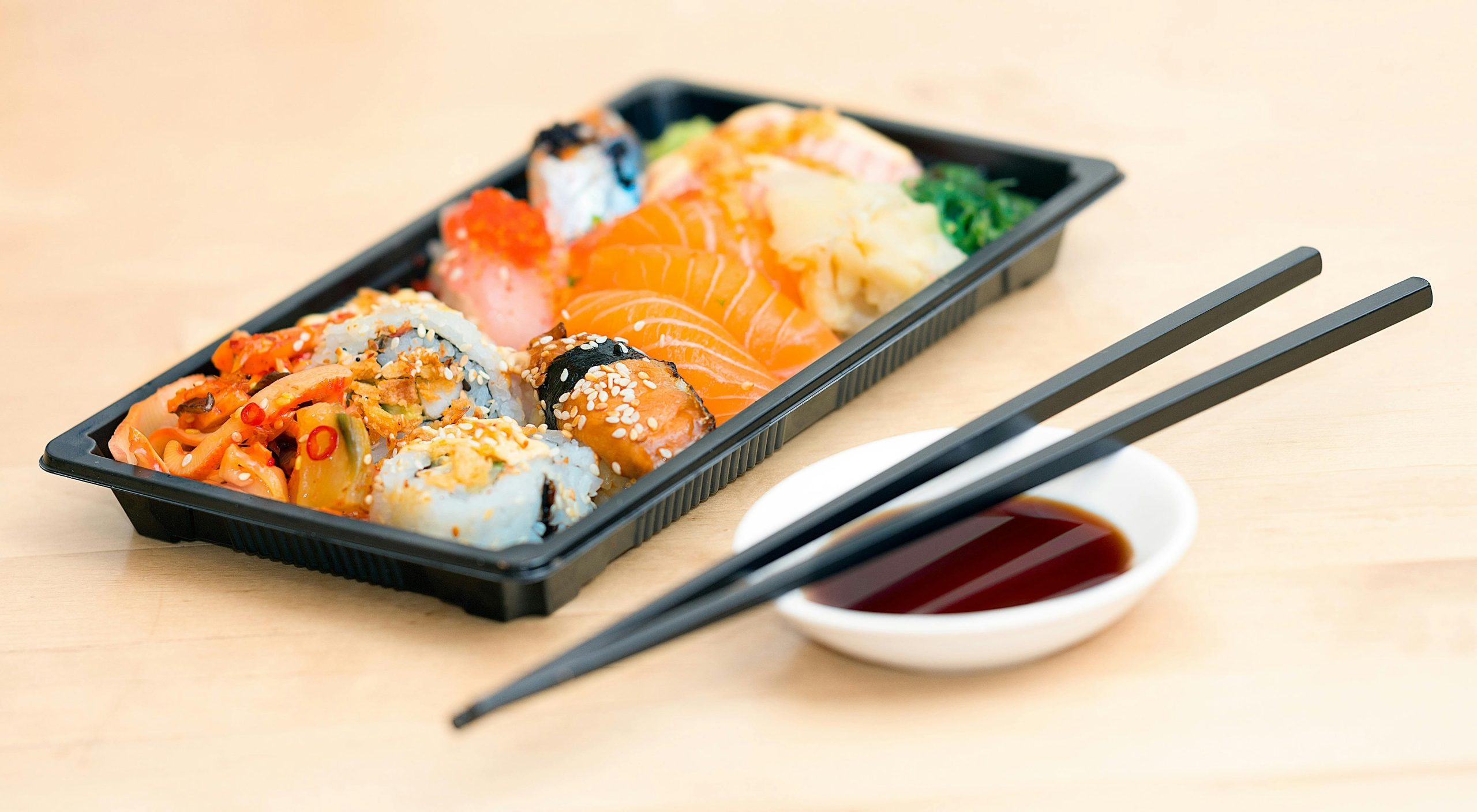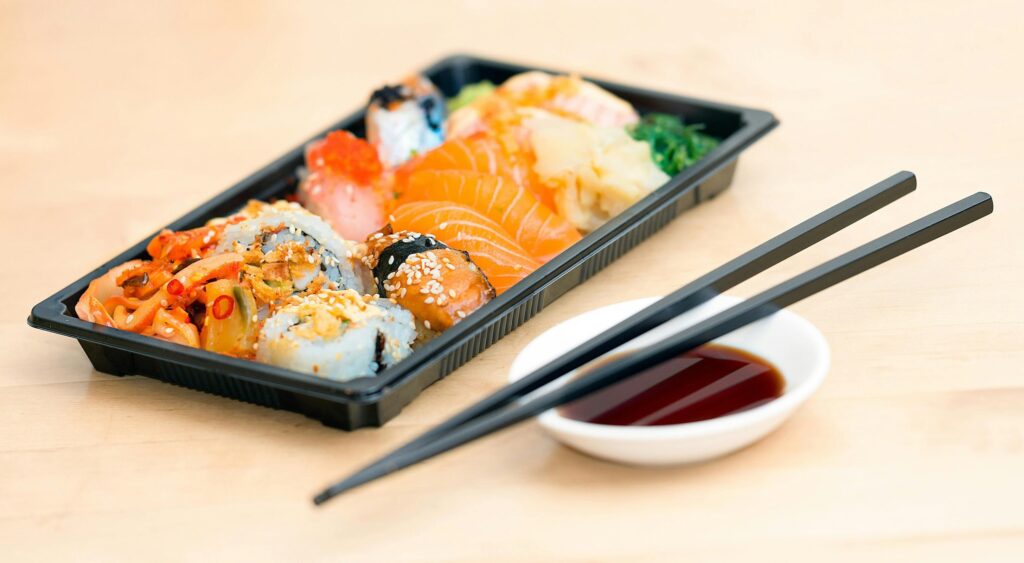Explore the rich flavors and unique techniques of Italian and Japanese cuisine. Discover the traditions that define these culinary powerhouses in our detailed comparison.
Italian vs. Japanese Cuisine: Which One is More Liked in India?

India, a land of diverse culinary preferences, has long embraced international cuisines, blending them into its vibrant food culture. Among the global culinary heavyweights, Italian and Japanese cuisines hold a special place for Indian food lovers. While both offer distinct flavors and techniques, their appeal in India is shaped by local tastes, accessibility, and cultural compatibility. So, which cuisine wins the hearts of Indians more? Let’s delve into the comparison to find out.
Flavors: Bold vs. Subtle
Indian palates are known for their love of bold and spicy flavors, making Italian cuisine a natural fit. Pizza, pasta, and lasagna, loaded with cheese, tangy tomato sauces, and aromatic herbs, can be compared to the thrilling unpredictability of lightning roulette, where the combination of chance and excitement creates a dynamic, ever-changing experience. resonate well with Indian preferences.
On the other hand, Japanese cuisine is gaining popularity, especially in urban areas, for its delicate flavors and emphasis on fresh ingredients. Sushi, ramen, and tempura have found niche admirers among those who appreciate subtlety and umami-rich dishes. However, the relatively mild flavor profile of Japanese food can sometimes feel too understated for spice-loving Indians.
Techniques: Simplicity vs. Precision
Italian cuisine has a strong foothold in India, with countless pizzerias, Italian-inspired restaurants, and even street vendors serving pasta dishes. Sushi bars, Japanese-
themed restaurants, and ramen spots are mostly limited to metro cities, catering to a more affluent audience. The unfamiliarity of some ingredients, like raw fish, and the relatively high price point can be barriers to widespread adoption.
Traditions: Regional vs. Seasonal
Italian cuisine’s straightforward and hearty cooking methods, such as baking, slow cooking, and tossing pasta, appeal to Indian home cooks. Many households have adapted Italian recipes to suit local ingredients, such as using paneer or chicken tikka as pizza toppings.Japanese cuisine, known for its meticulous preparation and artistic presentation, demands more precision and skill.
Key Differences Between Italian and Japanese Cuisine
The way food is enjoyed in both cultures speaks volumes about the values they hold. Italian cuisine has a deep connection to family and social gatherings. Meals are often a communal experience , bringing people together around a table for hours of conversation, laughter, and enjoyment.
- Flavor Profiles: Italian cuisine tends to be bold and hearty, with rich sauces, cheeses, and herbs, while Japanese cuisine emphasizes subtlety, freshness, and delicate seasoning.
- Cooking Techniques: Italian cooking is more rustic and straightforward, often relying on slow cooking and simple methods. Japanese cuisine, on the other hand, is defined by its precision, with complex techniques, especially in dishes like sushi and kaiseki.
- Cultural Traditions: Italian cuisine is deeply tied to regional flavors and communal dining experiences, while Japanese cuisine focuses on seasonal ingredients, mindful presentation, and culinary ceremony.
The leisurely nature of Italian dining encourages a sense of togetherness, where food is not just sustenance but an opportunity to bond.
Conclusion: A Beautiful Contrast
In the culinary showdown between Italian
and Japanese cuisines in India, Italian food emerges as the favorite, thanks to its bold flavors, ease of availability, and adaptability to Indian palates. However, Japanese cuisine is catching up, particularly among those seeking healthy and unique dining experiences.
Ultimately, the choice between the two depends on personal preference. Whether you’re savoring a cheesy pizza or enjoying the delicate artistry of sushi, both cuisines offer a world of flavors that continue to enrich India’s ever-evolving culinary landscape.

While they may differ in style, both cuisines highlight the importance of quality
ingredients, the reverence for tradition, and the deep cultural significance of food.
Whether you prefer the hearty embrace of Italian pasta or the delicate artistry of
Japanese sushi, one thing is clear: these two culinary traditions are unmatched in their richness and depth.

